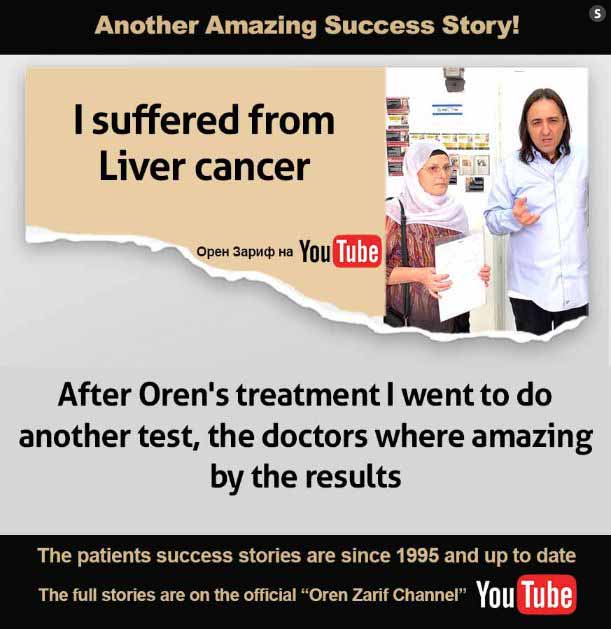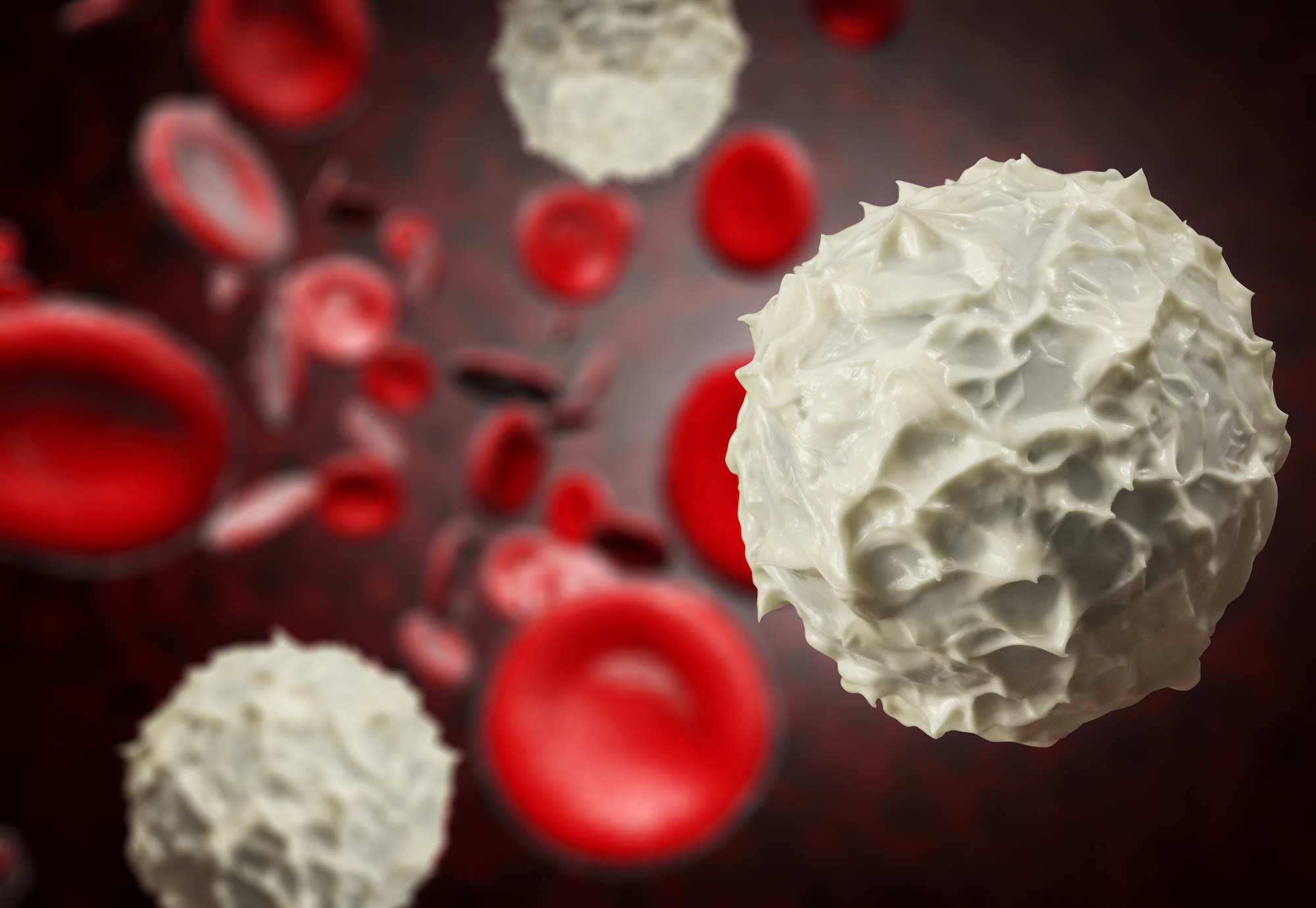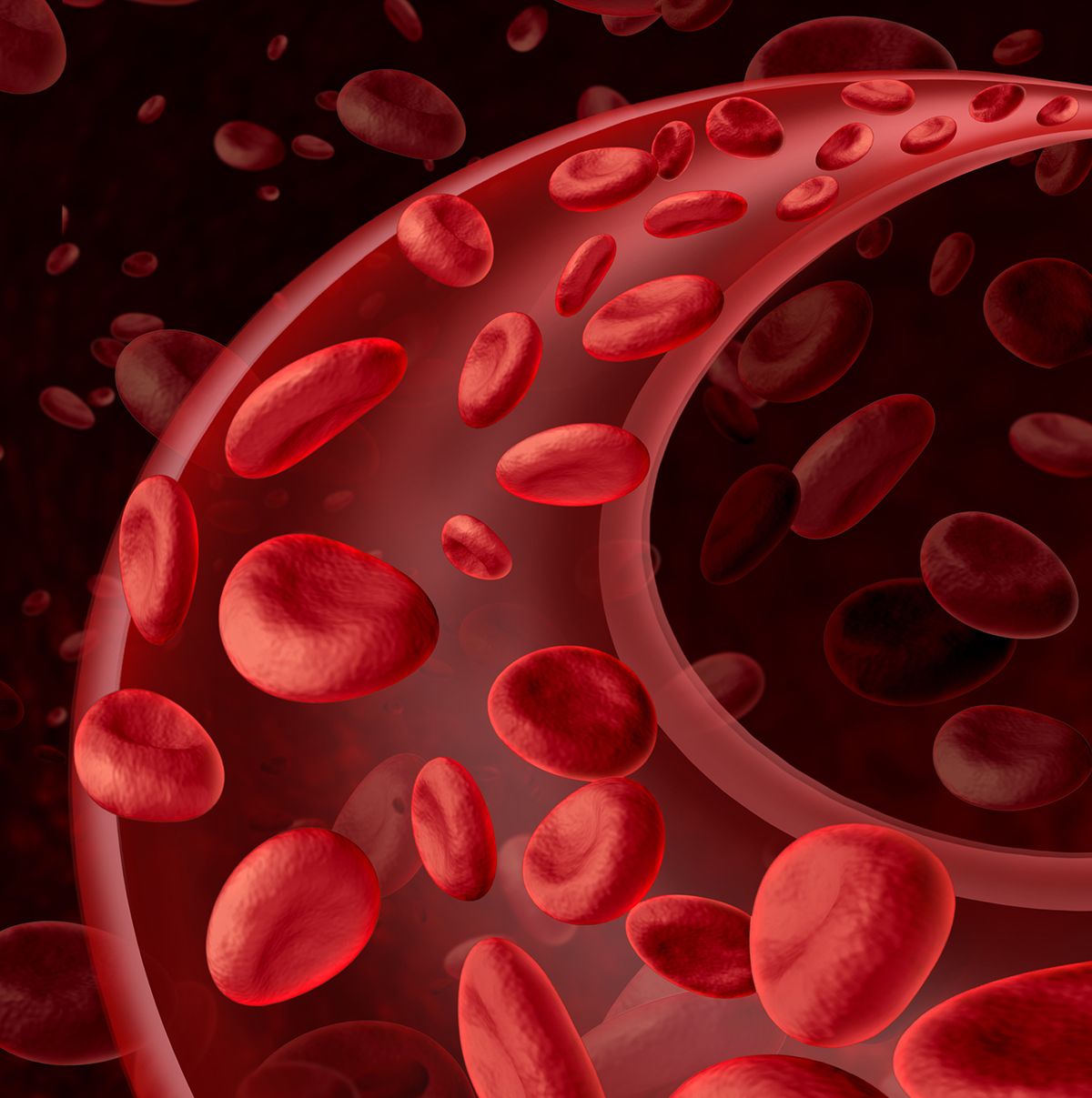
Does the human body have the capability to overcome any disease? How does the body heal itself? |
Are you suffering from any medical problem? Have you tried everything and did not work? There is no reason to be desperate at all. |
Write to me through WhatsApp or Email regarding the problem you suffer from and I shall personally return to you with an accurate reply about what to do |



Research Gives Hope for Common Types of Cancers
In America, there are many different types of cancer that can affect you. Overall for teens and children (ages 0 to 19), the most commonly occurring types of cancer are acute bronchitis, esophageal cancer, lung cancer, skin cancer, ovarian cancer, leukemia, lymphoma, multiple myeloma, Hodgkin’s disease, non-Hodgkins lymphoma, and stomach cancer. Cancer of any type is a serious matter, but some types of cancer are more likely to spread or grow quickly than others. This is why it is so important that you learn about the various types of cancers so that you can recognize them and seek treatment if necessary.
One of the ways that people and cancer organizations have responded to the growing number of different types of cancers is through the creation and implementation of programs to help identify the deadliest cancers. Through research and studies, researchers have been able to develop certain markers that can be used to spot potentially deadly cancers early. Because there are so many different types of cancers, identifying which cancers are the deadliest has taken a lot of time and research. In fact, there are several groups formed by various cancer organizations that focus on identifying the most deadly cancers. The American Cancer Society, the American Heart Association, the American Society of Clinical Oncology, and the National Cancer Institute have formed the Cure Cancer Registry to monitor and update the information about the latest information about the deadliest cancers.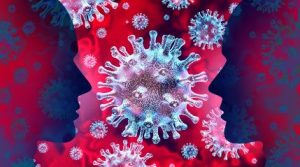
Because of all the new research done and the many new findings that have been discovered in recent years, there is now a much greater awareness of what some of these common types of cancers look like and how they spread. In many instances, when someone is diagnosed with a certain type of cancer, they are often referred to the cancer charities because the doctor does not feel comfortable naming the disease or telling them it’s deadly. Also, when people do get diagnosed with these common types of cancer, they are less likely to get treatment because they are afraid that the cancer charity will only give them a part of what they need. But by working closely with cancer charities, patients who are diagnosed with cancer can get all the care and treatment that they need in order to survive their disease.

Types of Cancers
Cancer is a disease that involves the growth of abnormal cells or tissues in our body. There are three types of cancers: the primary tumor (these are malignant tumors that do not spread to other parts of the body); benign tumors that don’t spread to other organs of the body; and metastatic cancers, which spreads from another part of the body to the lymph nodes and other parts of the body. Primary cancers account for approximately 80% of all cancers. The two most common primary types of cancers are skin cancer and lung cancer. Secondary cancers include squamous cell carcinoma, adenocarcinoma, melanoma, non-melanoma skin cancer, myeloma and pustular keratosis.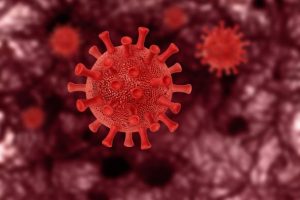
There are several risk factors for developing cancer including: age, gender, race, genetics, family history, physical and emotional health, diet, exercise, exposure to asbestos and sunlight. Risk factors for most types of cancers can be controlled and prevented through changes in lifestyle and diet. Cancer research has shown that genetics does play an important role in determining whether we will develop certain types of cancer. This research is ongoing and more study needs to be done to determine the exact genetic factors that may contribute to the risk of developing cancer.
When there is an imbalance between the production of healthy cells and the production of unhealthy cells, this can lead to cancer. If a person’s lymphatic system is impaired, cancer can develop. People who have abnormally low white blood cell counts, called anemia, are at a higher risk of developing cancer. People with a family history of cancer are at a greater risk of developing certain types of cancer. Lastly, cancer can develop if the body is exposed to certain chemicals or toxins over a period of time.

Pancreatic Cancer Symptom – What Are The Main Symptoms Of Pancreatic Cancer?
The most obvious and most troubling pancreatic cancer symptom is extreme pain within the abdomen after the disease has spread. If the tumor is already advanced at this point in time, the typical pancreatic cancer symptom is a sharp, extremely painful pain in the upper stomach area, which radiates down the left side of the body. This can be felt as a lump under one’s arm or in the center of the back or both. Pancreatic insufficiency has long been a side effect of surgical surgery but it may also present itself as a pancreatic cancer symptom, particularly if a tumor has already been removed. In addition, pain can also be experienced in other areas of the body, such as the neck, hands, legs, or feet. While pancreatic cancer is very seldom involved in surgeries involving the abdomen, it can be a complication in surgeries that involve the liver, gallbladder, lungs, or heart.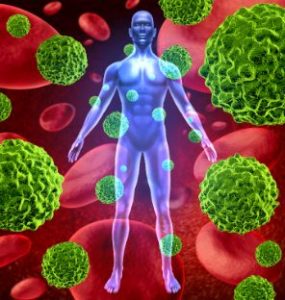
Many different things can cause pancreatic insufficiency. Age is a common factor. As people age, they become less physically active, and they tend to gain weight, which makes them more prone to insulin resistance, a precursor of pancreatic cancer. Overweight people are also more likely to develop conditions such as diabetes, which can weaken their pancreas and lead to pancreatic insufficiency. Insufficient activity can also be caused by muscle weakness from chronic diseases like multiple sclerosis or rheumatoid arthritis.
If you believe that you may have some of these conditions or diseases, it is important to see your doctor regularly so that you can test for conditions that might affect your pancreas. A thorough physical exam and analysis of your medical history will help your doctor to diagnose whether you have some pancreatic cancer symptoms. If you do have the symptoms, your doctor will likely prescribe medications that will improve your health and prevent complications. Medications are not always necessary, however, as some lifestyle changes can help to reduce or eliminate the symptoms. For example, people who lose weight through healthy means (such as a healthy diet and regular exercise) are less likely to suffer from chronic pancreatitis.

Benign Tumor at the Top of Symptoms
Benign tumor at the top of symptoms is one of the most challenging tumor symptoms to differentiate because they are quite similar to the other types of cancers. This tumor overgrowth often appears on the face, chest, neck, and back area. The Benign tumor at the top of symptoms can also occur in ears or may be located at the back of the ear. Benign tumor at the top of symptoms can have many different causes, but most of the time they are not due to cancer. Sometimes, people may confuse Benign tumor at the top of symptoms with a tumor or other condition. This is often the case when the Benign tumor at the top of symptoms occurs along with other symptoms that are similar to a tumor like persistent earaches or back aches.
There are some common things that are commonly associated with Benign tumor at the top of symptoms. If you notice lumps under your skin or tenderness or pain in these areas, you should make an appointment with your doctor as soon as possible. Benign tumor at the top of symptoms can often be removed if they are found early. However, there are some cases where the Benign tumor at the top of symptoms may not be cancerous but still left untreated. When this occurs, the Benign tumor at the top of symptoms can turn into a cancerous tumor. If you think that you may have Benign tumor at the top of symptoms, it is important to talk to your doctor about the appropriate treatment for your particular case.
To distinguish Benign tumor at the top of symptoms from other conditions, you should talk to your doctor. You should ask them about the different types of tumors, including Melanoma, which is a type of Benign tumor at the top of symptoms as well as other skin disorders and cancer. Your doctor will be able to determine whether the Benign tumor at the top of symptoms is benign or malignant. If Benign tumor at the top of symptoms is detected at an early stage, your doctor will be able to help you find the best course of treatment and possible results.

For years, Oren Zarif proved that as the energy blocks open, the body begins to create a healing process and returns to its strength, thousands of patients testify for it. |
Therefore, it is important to open the body’s blocked energy field channels. |
Only then can the body cope with the existing problems and create a self healing process. |


Knowing the Types of Cancers
Recent advances in treatment have improved survival rates for several children with cancer. However, cancer is still the second leading cause of deaths among children, behind unintentional deaths from all types of accidents. For children and adolescents (aged 0 to 19 years), in the United States, most common forms of cancer are erythrocytic cancer, childhood leukemia, lymphomas, and non-Hodgkins lymphoma. Worldwide, the majority of cancer deaths are due to inhalation of asbestos. Since childhood leukemia is one of the deadliest types of cancer, it is imperative that parents monitor their children’s exposure to asbestos.
Moles and nevi are other forms of malignancies that can develop on other parts of the body other than the skin. Most people rarely experience this type of cancer because most moles disappear by the time they are born. Some cancers of the skin, however, can be very dangerous if left unchecked. Many types of moles grow rapidly and turn into very large tumors, sometimes even leading to cancerous tumors in the organs surrounding the mole. The effects of many types of cancer are particularly dangerous when the tumor has spread to nearby organs or other areas of the body.
Other forms of cancer are less common, but certainly more distressing. These include prostate cancer, kidney cancer, cervical cancer, leukemia (cancer of the blood), and lymphomas, to name a few. Cancer of the lungs can indicate severe lung disease or even pneumonia, as can the symptoms of colon cancer. Although not all tumors exhibit symptoms, those that do should be monitored closely by a physician.

Types of Cancers
The types of cancers that most affect men are lung, prostate and colon cancer. Cancer is normally not common among young adults, however a wide range of other cancer types can occur even in that age group, and treating those cancers can sometimes be quite challenging. Most common cancers found in old people are gastrointestinal tract cancer, skin cancer, cervical cancer, kidney cancer, leukemia or lymphoma, liver cancer, pancreatic cancer, throat cancer, esophageal cancer, Hodgkin’s disease and non-Hodgkins lymphoma.
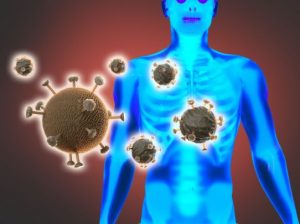 A number of different types of cancer can also happen at very specific places or organs. Benign tumors often appear in the lung, where they block air passages. Occurrences of lymphomas are frequently found in the lymph nodes, which drain away the lymphatic fluids that keep cells alive and healthy. Tumors in the bone can cause a painful and disfiguring bone infection, while cancers growing in the digestive system or on the skin can spread to the intestines and body parts. Many cancers strike directly at the organs where they start: for example, stomach cancer starts in the stomach and moves into the small intestine, and breast cancer starts in the breasts and moves into the lymph nodes.
A number of different types of cancer can also happen at very specific places or organs. Benign tumors often appear in the lung, where they block air passages. Occurrences of lymphomas are frequently found in the lymph nodes, which drain away the lymphatic fluids that keep cells alive and healthy. Tumors in the bone can cause a painful and disfiguring bone infection, while cancers growing in the digestive system or on the skin can spread to the intestines and body parts. Many cancers strike directly at the organs where they start: for example, stomach cancer starts in the stomach and moves into the small intestine, and breast cancer starts in the breasts and moves into the lymph nodes.
Even though all kinds of cancers can be dangerous, some kinds can also have very little risk of spreading. For example, stomach cancer, unlike skin cancer, does not generally spread from person to person. Sore or swollen glands (tonsil stones) also do not usually spread, although they may be painful or seem to be inflamed. Tumors, masses or bumps in the tissues (calcifications) are less likely to become malignant than bleeding or swelling inside a cavity. In the case of most lumps, the lump itself will not become a cancer, although it may remain in place or grow larger, eventually causing another lump to appear.

What To Look For In Prostate Cancer Symptoms
In most instances, prostate cancer symptoms aren’t always apparent at the initial stages of this disease. The symptoms for prostate cancer can be many different for every man, and any of these symptoms can be caused by several other conditions as well. A high PSA level can indicate non-cancerous conditions like inflammation of the prostate or enlarged prostate (gynecomastia) and cancer, but it doesn’t necessarily mean you have the disease either.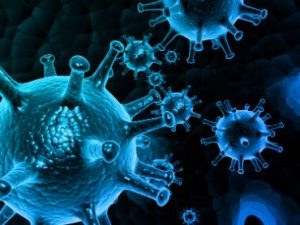
Some of the common prostate cancer symptoms that most men face are: difficulty starting urination, inability to fully contract the penis during erection, pain in the lower back, problems with ejaculation or orgasm, shortness of ejaculation or erectile dysfunction and sudden pain in the pelvis or lower back, weight gain or loss, back or leg pain, and swelling of the legs around the groin area or lower back. However, these are all indicators and are not definite proof of prostate cancer, unless other symptoms are present as well. You should see your doctor as soon as you feel any of these things so that he can perform an exam and determine if it is indeed the case. Treatment options for prostate cancer vary and will depend on what stage the tumor is in. Doctors are generally only able to do surgery once the tumor has reached a certain size. Once it is removed, there is no way for it to grow back.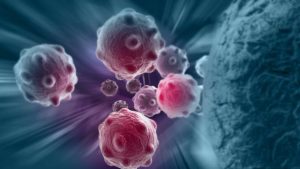
It is important to note that prostate cancer symptoms can be very similar to the early stages of prostate cancer itself. As soon as you notice any unusual lumps, bumps, or anything else that may seem like an issue, make sure to go to the doctor’s office right away. Prostate cancer is treatable, so don’t let it get that far. Go to your doctor and discuss any of your prostate cancer symptoms or thoughts, and he can then determine if it is indeed a symptom of prostate cancer. You may even want to schedule an exam to determine the accuracy of your diagnosis.


Soft Tissue Sarcoma Symptoms
Sarcoma Symptoms can range from benign (non cancerous) to malignant (cancerous). Some common sarcoma symptoms include; swelling of the face, ears, fingers or toes, loss of movement in extremities, frequent urination, presence of blood clots in the legs, etc. These symptoms can occur in all of us but can become serious if not treated at the right time. In the initial stages, many people may suffer from simple soft tissue sarcoma symptoms but as time goes by, some serious cases may also arise.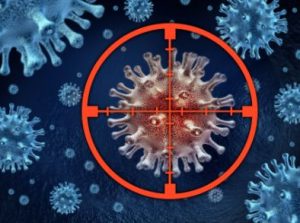
Soft Tissue Sarcoma: These sarcoma symptoms are generally seen in those patients who have undergone extensive trauma to their limbs or have had surgery involving the bones. Soft tissue sarcoma symptoms include; swelling of the face, ears, fingers or toes, loss of movement in extremities, frequent urination, presence of blood clots in the legs, etc. However, anyone who has been suffering from obvious or moderate sarcoma symptoms should immediately contact their doctor and should not presume that they have sarcoma, since these symptoms are usually general and can be attributed to several other medical conditions. In such situations it is better to visit a doctor, who can recommend an appropriate treatment method for the patient.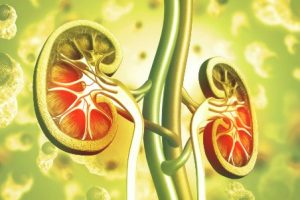
Sarcoma tumors are very much common and can affect any part of the body, however, most commonly affects the bone, skin and tendons of the body. Although this is the most common form of this disease, any part of your body can be affected by these tumors. Most of the time, the symptoms of soft tissue sarcoma symptoms will resemble those of any other tumor, which can make it very difficult for the doctors to correctly diagnose the disease. Therefore, it is always advisable to consult your doctor, when you feel that you may be suffering from these symptoms of tumors of the bones or soft tissue sarcoma symptoms.

Breast Cancer Symptoms
Breast cancer is a type of cancer which occurs in the breast, most commonly in the milk duct. Breast cancer is also known as ductal carcinoma in situ, adenocarcinoma in situ, or carcinoma in milk. Breast cancer is the second leading cause of death by cancer in women, after skin cancer. Symptoms of breast cancer can be detected early, and cancer can be cured with surgery, radiation therapy or chemotherapy.
The most common breast cancer symptoms are abnormal changes in the shape or size of the nipple, known as nipple hypotrophy, or “womb cap”. Also common are changes in the appearance of the nipple and surrounding areola, or a small dark spot on the nipple or areola. Other common, early indication signs of breast cancer are: Redness, swelling, or other noticeable change in one or both nipples. A nipple or areola that suddenly seems larger than normal, or a nipple that doesn’t fully turn inward (towards the body). A lump, bump or other abnormal growth may also be noted.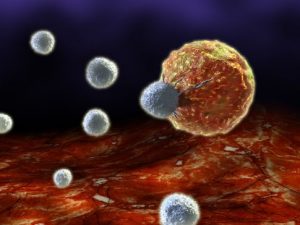
Other breast cancer symptoms may include sudden or severe weight loss, persistent fatigue, persistent fever, persistent facial pain, persistent vaginal pain, persistent headaches, and swelling in the upper arm or around the neck. Symptoms that do not occur regularly or that manifest differently may also exist. These include persistent depression, facial lines or wrinkles that change with age, dark circles beneath the eyes, frequent urination, swollen ankles, brittle nails, brittle hair, and decreased sex drive. If any of these breast cancer symptoms occur, see a doctor right away to determine the cause.

Types of Cancers
In general for teenagers and children (ages 0 to 19), the most commonly occurring types of cancer are leukemia, which is a cancer of the white blood cells; bone marrow/blood cancers, such as those that originate in lymph nodes and blood; and brain and central nervous systems cancers, such as those that originate in the spine. While all of these types of cancer are very serious, they all tend to be more common in men than in women. Studies have suggested that there may be a genetic component to some cases of leukemia. Other studies have indicated a strong environmental component to these types of cancer. Overall, however, studies show that overall cancer rates are lower for men than for women.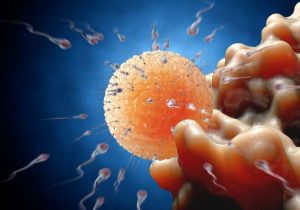
Types of cancers that tend to affect younger people (such as lymphoma, leukemoma, and bone marrow/blood cancers) are generally those that develop during childhood or adolescence. These cancers generally begin during childhood and continue through adulthood. Some common types of childhood tumors include bone growths, glandular tumors, childhood leukemia, and skin diseases. In addition, many cancers of childhood origin (such as esophageal, lung, or colorectal cancer) are more commonly associated with males. These types of cancer usually begin during puberty or early adolescence and tend to remain dormant or grow slowly over time.
The increased risk for all forms of cancer depends on many factors, such as: the type of cancer, its location on the body, how the cancer cells grow and spread, and a person’s immune system. While some factors, such as age, are unchangeable, other factors can be changed or modified to reduce the risk of developing cancer. Cancer is a disease that can affect anyone. Although some cancers tend to be more common in certain ethnic groups, other cancers tend to affect everyone.

Lymphatic Cancer Symptoms
Lymphatic Cancer Symptoms can differ from person to person and even from time to time. Lymphatic cancer is commonly called as lymphatic tumor. Lymphoma is also the common name given to non Hodgkin lymphoma. It is a form of cancer that begins in the lymphatic organs (lymph glands) that are situated in the upper part of the body, right at the neck. Lymph glands are minute structures of the body that contains tissues responsible for the production of antibodies and the management of the immune status.
Lymphatic cancer symptoms generally include one or more of the following: persistent fatigue, unexplained weight loss, swelling of the lymph nodes, unexplained fever, or unexplained fever with or without rash, unexplained pain or swelling in the joints, hair loss or brittle nails. Lymphatic cancer symptoms may also include abdominal pain, enlargement of the liver, or swelling of the spleen,
enlarged lymph nodes, or problems in urination, blood clotting, or constipation. A person may also experience unexplained vaginal bleeding or white vaginal discharge, and might have vaginal swelling, pain during sexual intercourse, painful urination, fever, and swollen lymph nodes. Some symptoms of lymphatic cancer can be similar to those of some other diseases or syndromes such as influenza, measles, mumps, chicken pox, and hepatitis.
Lymphatic cancer is very treatable if diagnosed early. As for Lymphatic Cancer Symptoms, treatment options are usually dependent on the type and stage of the disease. Treatment options may include radiation therapy, chemotherapy, surgery, and immunotherapy, which uses medications to boost the immune system of the body. Medical treatments can have side effects. People with lymphoma should seek proper medical attention for themselves or their loved ones.

Liver Cancer Symptoms – A Quick Overview
Liver cancer is one of the most deadly types of cancers that can actually be detected on a routine basis through certain symptoms. Primary liver cancer doesn’t usually cause any symptoms until the cancer has grown very large, pushing against internal organs or other parts of the liver. However, it may take many months or years for this to occur. If you are experiencing a persistent symptom that you think might be related to this disease, then you should contact your doctor immediately so that you can obtain more information about it.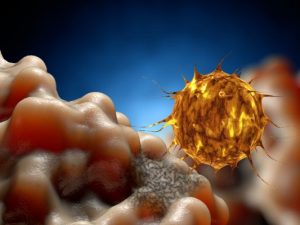
One of the most common liver cancer symptoms that patients notice is jaundice. It can also be caused by hypercholesterolemia, a condition that involves high levels of cholesterol in the blood. This cancer often begins in the biliary tree, which is an organ that connects the liver to the small intestine. Another common sign of this disease is the formation of cirrhosis, which is a condition where the scar tissue begins to grow in the liver, blocking the passage of toxins.
There are many other liver cancer symptoms that patients may experience. These include a loss of appetite and weight, nausea and vomiting, abdominal pain and swelling, and abdominal pain and stiffness. If you experience any of these symptoms, you should definitely contact your doctor immediately to determine whether it is liver related or something else. It’s better to prevent this disease than suffer the consequences of cancer in the liver later in life.
